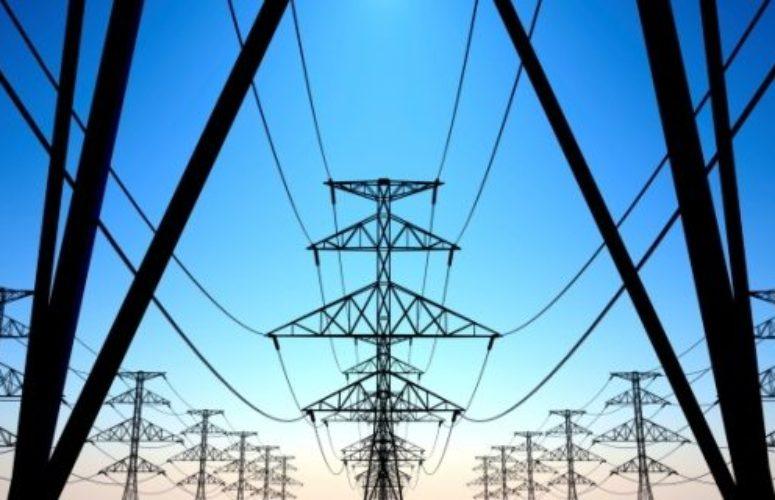
Christie Administration Continues Efforts to Ensure Overall Operations and Responsiveness of Utility Companies
On Aug 24, 2016The New Jersey Board of Public Utilities (board) today continued its oversight of the Electric Distribution Companies’ (EDC) planning, preparedness and responses to major storms by accepting an independent consultant’s report on Jersey Central Power & Light (JCP&L) finances and operations in relation to planning for and responding to major storms.
“Even on beautiful blue sky days, the board continues the critical work of ensuring the utility companies are continuously planning and implementing storm response improvements in order to be ready for the next severe weather event,” said Richard S. Mroz, president, NJ Board of Public Utilities. “As the Navigant report shows in the case of JCP&L, the regulated electric companies are doing well and working with the board to identify areas of needed improvement, and developing solutions. The board will continue to closely monitor the electric companies’ storm preparation and implementation of recommended improvements to ensure they are best prepared to handle severe weather quickly responding to storm related outages.”
In March 2015, the board concluded a JCP&L base rate case that included certain storm related costs associated with JCP&L’s rebuilding efforts. At that time the Board directed staff to establish a format for an operational and financial review of JCP&L to determine the current status of the company’s storm preparation, response and rebuilding efforts.
In response to board’s Order, Navigant Consulting, Inc. (Navigant), an independent third-party consultant was hired to conduct a Financial and Operational Review of JCP&L’s distribution system for the three-year period 2012-2015. The report covers the timeframe in which New Jersey was struck by several extraordinary storms including Hurricane Irene, a Nor’easter winter storm and Superstorm Sandy.
Navigant reviewed and evaluated JCP&L’s operational and financial organizations, processes and relationships including:
- JCP&L’s Reliability Programs;
- The Development of a Resilient Electric System;
- Storm Restoration Abilities and Enhancements;
- Distribution Planning Criteria for Load Forecasts to Assure Customers Sufficient; Capacity/Flexibility;
- Capital Investment, Operation and Maintenance Spending.
The Navigant report contains seven main recommendations related to operations and two related to financial matters. Some of the recommended improvements included:
- Formalize Asset Management Processes and Practices.
- Conduct a study on LFDMS (engineering software product) to account for existing and anticipated large solar installations.
- Conduct a study to evaluate updating specific criteria for minimum restoration times for single transformer substations that have only partial tie transfer capability.
- Enhance the capital budget development process.
- Review and enhance capital budgeting and project prioritization process to achieve optimal and Capital and Operational Expenditures.
- Improve and better document processes and criteria when reviewing and approving capital budget requests during portfolio reviews.
The Navigant report is yet another step in the ongoing review of the utility companies planning, preparation and response to major storms. In the aftermath of Hurricane Irene and Superstorm Sandy, Governor Chris Christie directed the Board to conduct an investigation of the EDCs’ storm planning and restoration decisions and actions. That investigation resulted in the Board issuing an Order in January 2013 that directed the EDCs to take specific actions to improve their preparedness and responses to major storms. The Board Order included 103 separate improvements measures to be implemented within strict deadlines. The ordered improvements were based on a report by Emergency Preparedness Partnerships (EPP), recommendations provided by Board staff in the BPU Hurricane Irene Electric Response Report and stakeholder comments received by the Board at numerous public hearings.
Related Articles:




